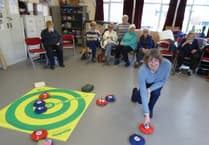PENDINE feels more wind-shaken than windswept on a gunmetal autumn day, and I’m heading to the seafront to see a new hostel and museum.
Contractors have handed over the buildings to their client, Carmarthenshire Council, which hopes they will boost the seaside village and prolong its tourist season.
Dogs and their owners are being buffeted by an approaching storm, and shelter is sought at beach cafe Scoops. Half-term means a flickering of tourist trade before quieter times.
“It’s dead in the winter,” said Hugh Owen, who owns The Green Bridge Inn – a pub and bed and breakfast up a steep hill from the vast sandy beach.
“It’s a ghost town,” added his daughter Ann-Marie Owen. “You hardly see anyone walking about.”
Pendine born-and-bred, Mr Owen worked on a farm in his younger days and then became a part-owner of Grove Caravan Park, which is close to the pub.He has sold his interest in the caravan park and is building up a tourism accommodation business of his own, with three glamping pods and shepherd’s hut already in place and plans for 11 lodges, 12 statics and 40 tourers being submitted to the council.
Like most traders in Pendine, he is taking a wait-and-see approach to the multi-million investment on the seafront.
“It all depends what they bring,” said the 78-year-old. “What sort of people will come here? We want more tourists. The more people the better, but there’s nothing in Pendine.”
Ms Owen, who runs much of the pub and accommodation side of things with her sister, said most of their guests came from the Valleys and Newport, with a few from Portsmouth this year. Several were regulars, she said.
Pendine is situated between the more affluent Laugharne to the east and more varied tourist hotspots of Tenby and Saundersfoot to the west.
According to Pendine Community Council, the village’s resort origins were essentially as a sea-bathing resort for Laugharne with its “persons of quality” and local gentry.
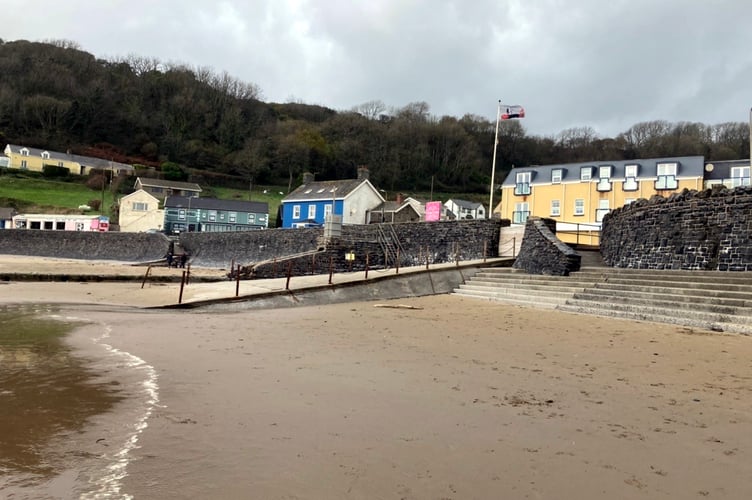
Although the rail line passed by to the north, Pendine developed as a visitor resort and was put on the map in the 1920s thanks to the beach’s popularity with motor car speed merchants like John Parry-Thomas and Malcolm Campbell.
The village’s expansion though was restricted in 1941 by the Ministry of Defence, which requisitioned the sand dunes and beach. The site is used as testing and targeting range and is operated by defence contractor QinetiQ on behalf of the ministry.
“Fair dos, they employ local people,” said Ms Owen, whose son works there.
Mr Owen said he could remember buses ferrying up to 600 workers daily to the MoD camp at one point. Pendine, he said, seemed to have more people back then.
“When you went into Pendine on a Sunday evening it was heaving,” he said. “The Springwell pub (on the seafront) was packed.”
A key source of trade for the village is Pendine Sands Holiday Park, which is run by Parkdean Resorts. I’m advised to direct my questions to the reception when I speak to staff at Scoops and the nearby Beach Racer Bar and Grill.
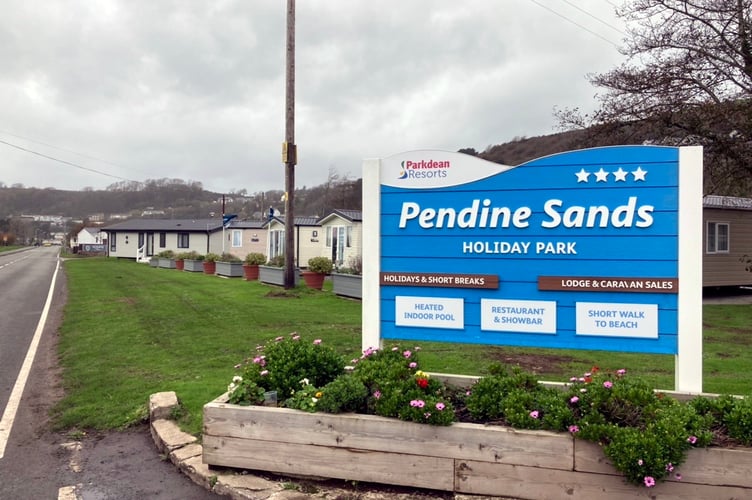
Gayle Bosier and her husband John, who run Marsh Stores and The Chippy next door, said there weren’t many independent traders in Pendine.
The couple aren’t yet convinced by the new Museum of Land Speed and 43-bed hostel, partly because they said both roofs had blown off during construction and there appeared to be problems accessing the barrier-controlled new car park.
“What’s going to go in the museum?” said Mr Bosier. “No-one knows. I thought a swimming pool would have been better for people.”
Mrs Bosier said: “If the museum is interactive and there’s lots of stuff in there, that’s fine. But how much is it going to cost taxpayers? And who’s going to maintain it?”
The seafront project, which also includes an events space, playground and 10-berth motorhome area nearby, had a £7.6 million budget when it got under way three years ago, but costs have risen since.
Internal fit-outs will take place prior to the facilities opening next year – potentially in spring. Carmarthenshire Council will manage the overall site, and anticipates 41 jobs being created.
“Fingers crossed,” said one shop owner, who asked not to be named.
Caroline Barnicoat, who runs The Chippy, alongside co-worker Lee Thorne, claimed the previous Museum of Speed on the seafront hadn’t been a draw for visitors.
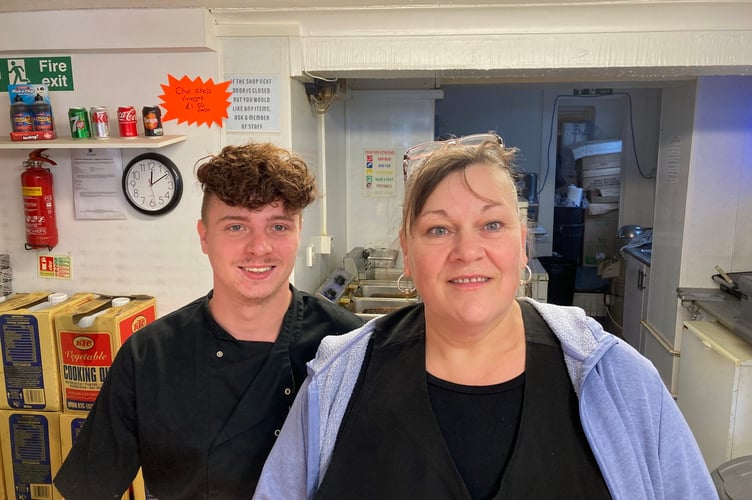
She has lived in Pendine for more than 30 years, and recalled a time of arcades, crazy golf and two late-night venues – the Beachcomber and Doug’s Bar.
“There’s nothing now, apart from the beach,” she said.
Mrs Bosier, though, said she liked the relaxed pace of life in Pendine – a contrast, she said, from the “100mph” lifestyle of Burnley in Lancashire, where she was from.
Cllr Jane Tremlett, whose Laugharne Township ward includes Pendine, said the museum’s interior would be state of the art and that its displays would change.
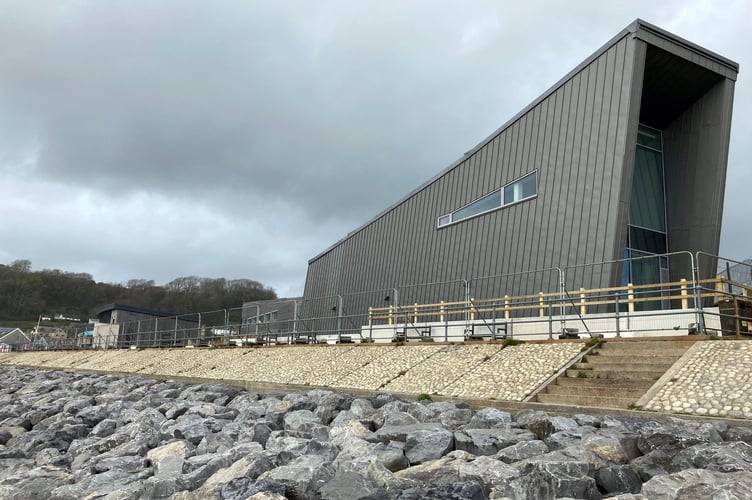
She described the hostel’s interior as stunning, and that the whole project was a major opportunity for Pendine and the businesses already in it.
“I think it’s going to be very exciting,” she said.
Most seaside towns wind down in November and Pendine is no different, although builders were working on new houses up the hill.
The gale had strengthened during my visit to the village. Heavy rain was coming. I asked Mr Bosier what everyone there did in the winter.
“Hibernate,” he replied.




